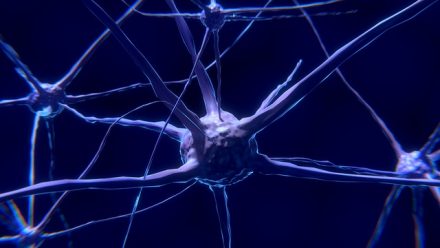Defining Enculturation
Enculturation
It is important to understand that culture is learned. People aren’t born using chopsticks or being good at soccer simply because they have a genetic predisposition for it. They learn to excel at these activities because they are born in countries like Argentina, where playing soccer is an important part of daily life, or in countries like Taiwan, where chopsticks are the primary eating utensils.

So, how are such cultural behaviors learned? It turns out that cultural skills and knowledge are learned in much the same way a person might learn to do algebra or knit. They are acquired through a combination of explicit teaching and implicit learning— by observing and copying.
Cultural teaching can take many forms. As discussed in Chapter 2, social learning occurs when behavior is taught or modeled to another. In child development, cultural shaping begins with caretakers and their young. Caregivers teach kids, both directly and by example, about how to behave and how the world works. They encourage children to be polite, reminding them, for instance, to say “Thank you.” They teach kids how to dress in a way that is appropriate for the culture. They introduce children to religious beliefs and the rituals that go with them. They even teach children how to think and feel! This uniquely human form of learning, where the cultural tools for success are passed from one generation to another, is what is known as enculturation.
Enculturation and the Brain
The topic of genetic influences versus environmental influences on human development is often referred to as the, “nature-nurture debate.” It would be satisfying to be able to say that nature–nurture studies have given us conclusive and complete evidence about where traits come from, with some traits clearly resulting from genetics and others almost entirely from environmental factors, such as childrearing practices and personal will; but that is not the case. Instead, everything has turned out to have some footing in genetics. The message is clear: You can’t leave genes out of the equation. Keep in mind that no behavioral traits are completely inherited, so you can’t leave the environment out altogether.
Cultural neuroscience is a field of research that focuses on the interrelation between a human’s cultural environment and neurobiological systems. Our brain works to interact and, in essence, learn from our environment beginning from the moment of conception. Neural patterns form, are shaped and reshaped, continually through a process of feedback and interaction with our world. Each person has periods of brain development (typically in early childhood) where this neurological wiring is acquired smoother and faster than at any other point of time in development.

Research by Kitayama and Uskul (2011), along with others, has found evidence to support that windows for pathway wiring in the brain also occur for enculturation. In other words, cultural neuroscience investigates the way our brain is wired for cultural practices, values, and traditions through our early childhood experiences. These pathways form naturally in the brain and are then reinforced through feedback and repetition. Kitayama and Salvador (2017) write that, “culture is embrained.”

